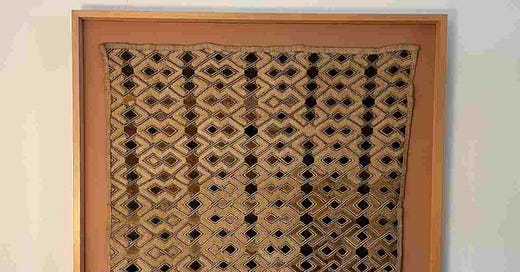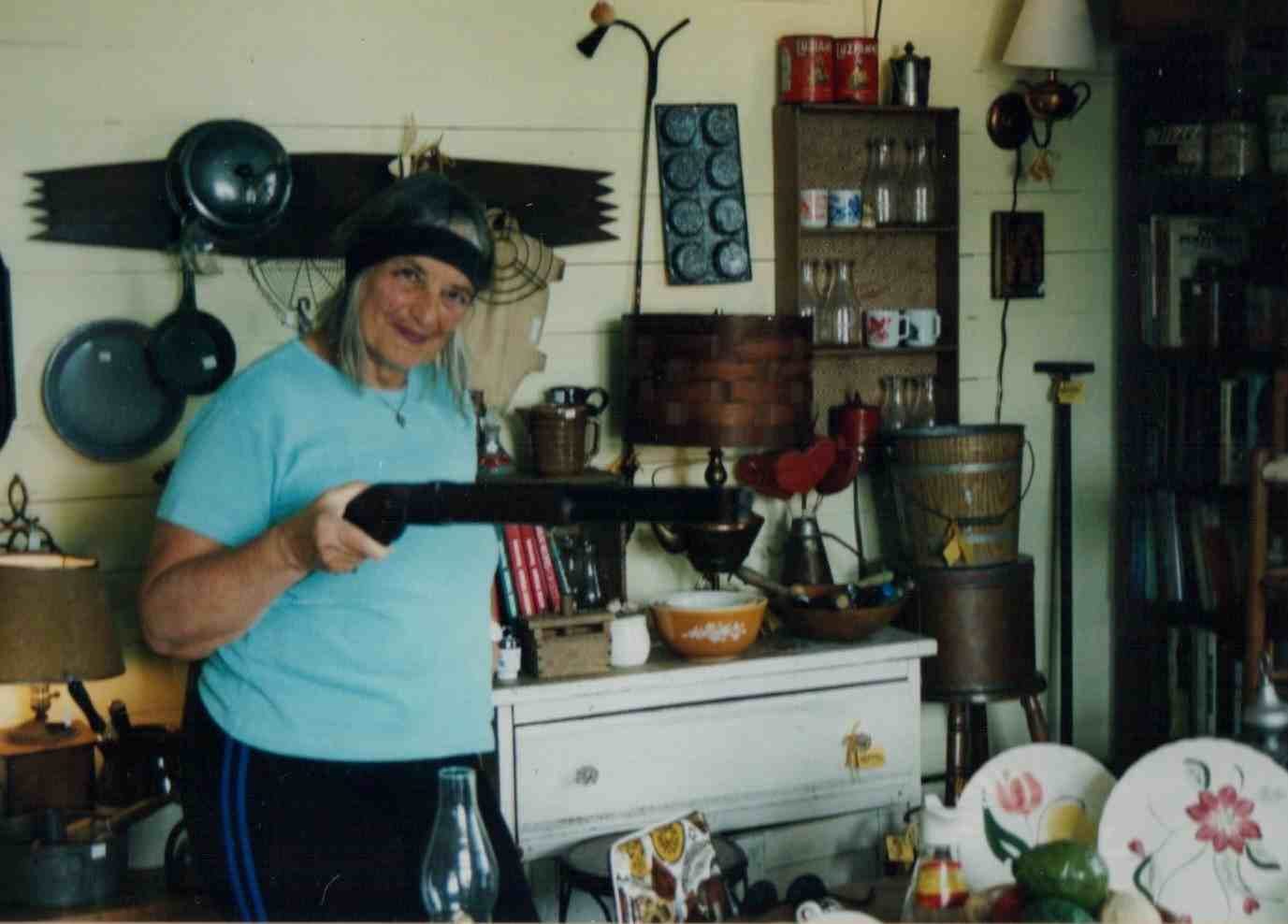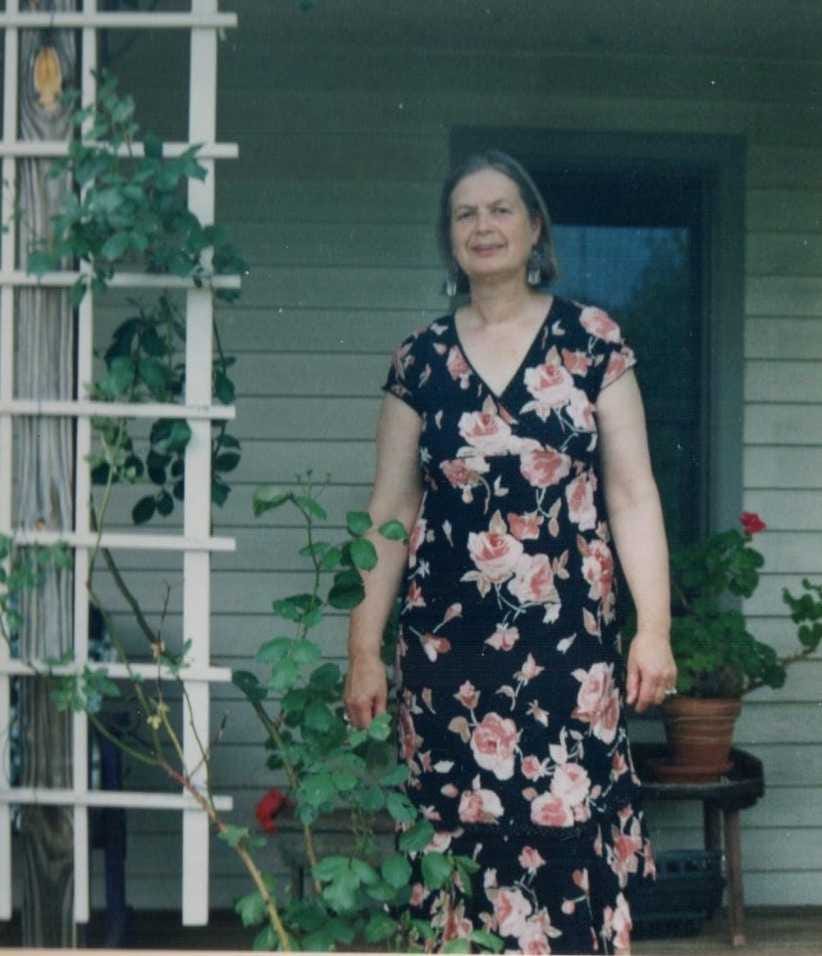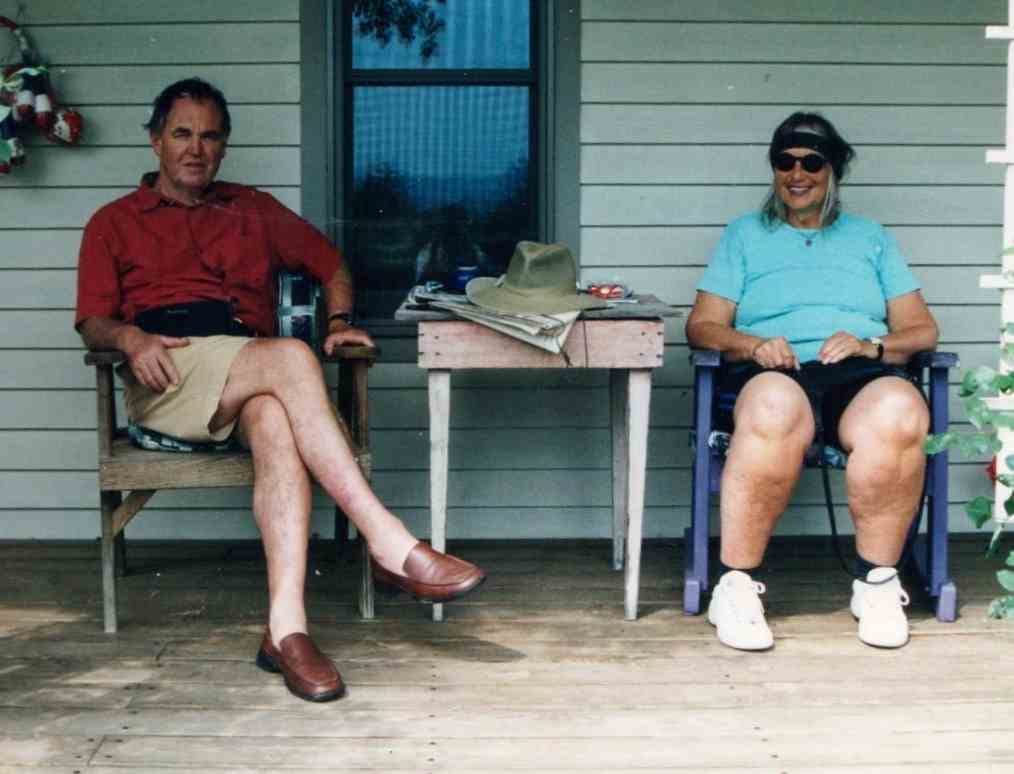Around the turn of this century, I hosted an interdisciplinary seminar at the Fetzer Institute in Michigan exploring the theme Toward a Participatory Worldview. As well as scientists, social scientists, ecologists, and philosophers, I wanted to invite someone whose work explored the ecological and social function of art. Artist and critic Suzi Gablik was an obvious choice – I knew of her work through Elizabeth’s art studies – so, out of the blue and with no introduction, I wrote to her. To my great surprise, she accepted my invitation, and at the end of the seminar warmly invited me to visit her at her home in Blacksburg, Virginia. And so it was, maybe a year later, that Elizabeth and I arrived at her house, wondering what we might expect. (Please note that this was in the days when we continued to fly, still relatively oblivious to its impact on climate.)
Suzi was educated at the radical Black Mountain College and Hunter Art College in New York. She travelled in Europe, living and working for a while with the surrealist René Magritte, about whom she wrote the critical biography, and who gifted her several of his paintings. She made her primary career as a writer and art critic, coming to prominence with arguments that arts needed to turn away from modernism and recognise again the ecological and social function of art. The Reenchantment of Art and Has Modernism Failed? announced her disenchantment with ‘the compulsive and oppressive consumeristic framework in which we do our work’. Later, Conversations Before the End of Time, explored ecological and social themes of art through dialogue with artists and thinkers.
At the time of our visit, Suzi lived in semi-retirement in a suburban clapboard house surrounded by a yard, in regular American small-town fashion. Inside was quite rather different, over-full with memorabilia from the New York art scene and with curiosities of all kinds, certainly not a modernist minimalism. Her living room was dominated by a large and ornate altar to the Black Madonna, which featured in her writing at that time, Living the Magical Life: An Oracular Adventure. We were given a remarkably ornate antique bed to sleep in, with an original Magritte hanging on the wall over our heads; Suzi told us with a wry grin that if ever she ran out of money all she had to do was to sell another of his paintings.
Suzi’s main purpose for our visit was to take us to visit her Blacksburg community, friends, artists, storytellers, and shopkeepers. We went to the studio of artist Jane Lillian Vance to see her oil paintings – large and elaborate explorations of Tibetan Buddhist iconography. We listened to another friend recount a long, dramatic narrative about a young man who filled his car with amplifiers and boom boxes, producing such a powerful sound as to set off all the air bags while driving down a highway. And at her favourite shops there was an unspoken but very clear expectation that we would buy something from her friends.
In Suzi’s favourite dress shop, Elizabeth found a floral print dress, ‘Tea & Scones’ that proved to be one of her most successful ever, worn to parties and weddings for many years. It still hangs in her wardrobe, although now rather worn.
We browsed around the independent bookshop while Suzi chatted to the proprietor; we certainly bought something, although at this distance cannot remember what it was. It was in the art dealer’s gallery that the Kuba textile caught our eye. Once we got it home we chose an appropriate framing; it still hangs in our house and has grown in our affection over the years.
The Kuba developed a traditional multicultural kingdom in equatorial West Africa which flourished between the 17th and 19th centuries and is now part of the in the modern-day Democratic Republic of the Congo. They have a long and celebrated history of creating elaborately decorative textiles handwoven using the strands from raffia palm leaves dyed in a variety of earth tones using vegetable dyes.
Suzi died in 2022. I am sorry to say I neither of us kept up the friendship, but our memories of our 2002 visit remain fast, aided by the dress and the Kuba textile.








